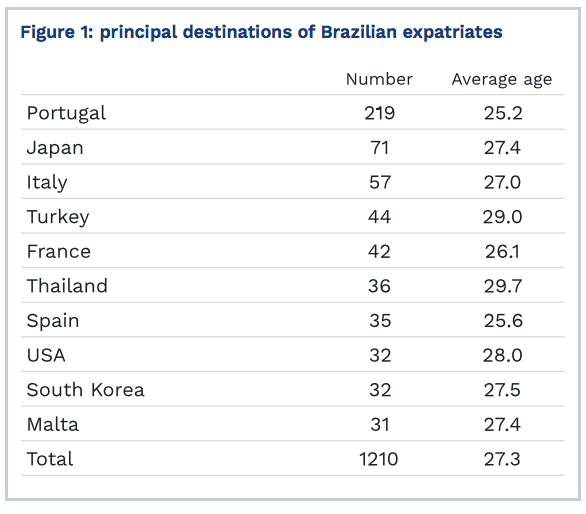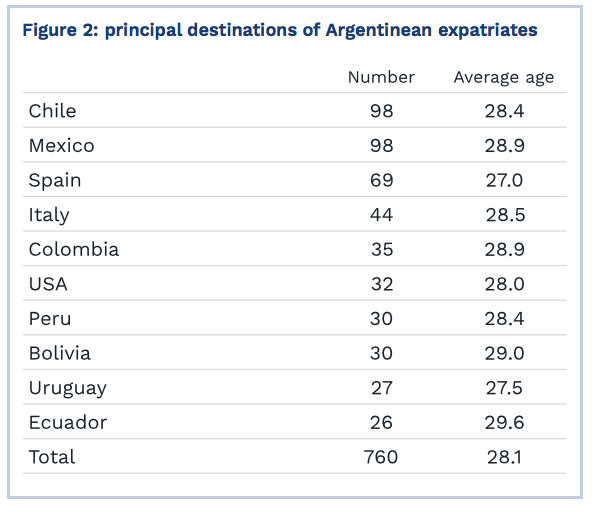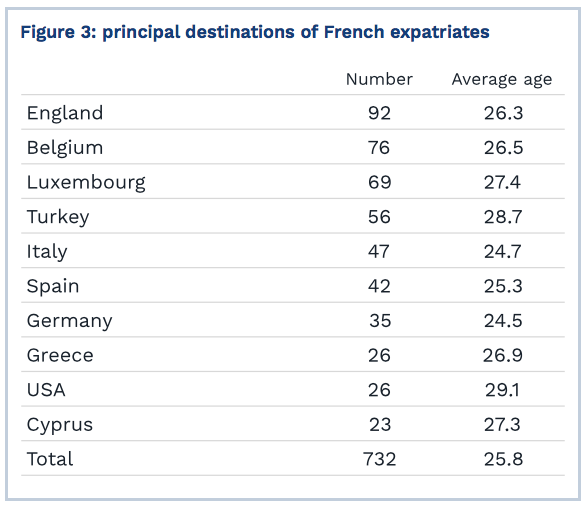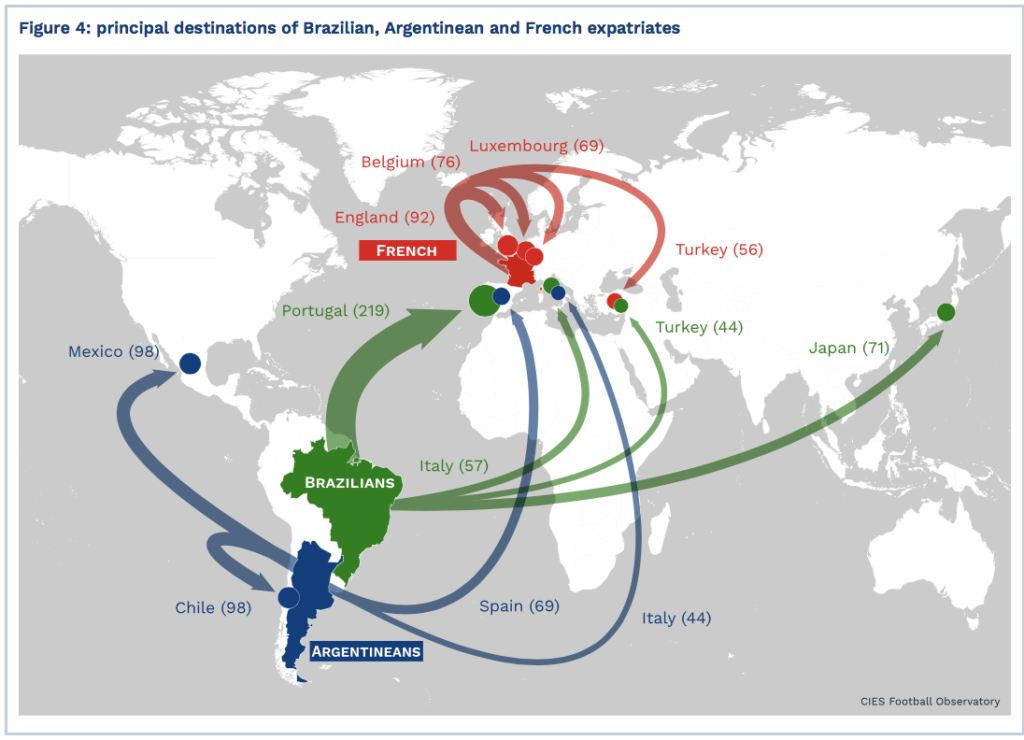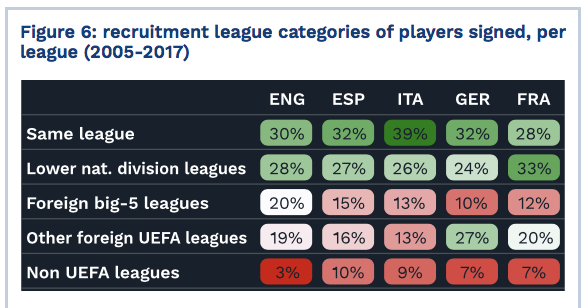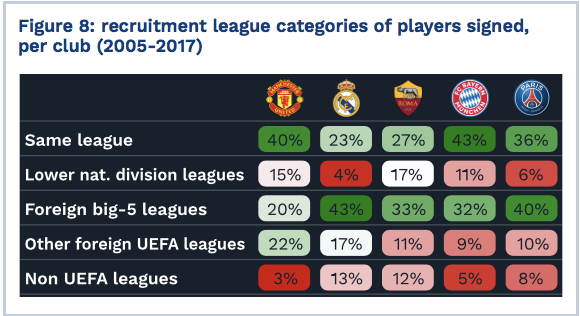January 19 – With the Winter transfer window open but the market relatively cold in comparison to the last overheated Summer transfer window bonanza, the CIES Football Observatory has produced an analysis of the destinations of the players from the three main exporting countries of Brazil, Argentina and France.
Brazil has a remarkable 1,210 expatriate footballers playing in countries around the world with 219 playing in Portugal which has the most relaxed immigration laws and is seen as having the highest potential for a big money move into one of Europe’s Big 5 laws.
Argentina has 760 overseas with 266 of them in Chile, Spain and Mexico, while France (732 players overseas) is the third highest exporter of players with an astonishing 92 of them playing in England.
CIES has looked at the main destinations for players from these three principal exporting countries, examined where the big-5 league clubs’ top recruitment areas are, and where Real Madrid, Manchester United, AS Rome, Bayern Munich and Paris St-Germain recruit their players.
“The study shows that the Brazilian player is the only truly global worker in the professional football labour market. Brazilians are present in 80 of the 91 associations covered in the study. While also numerous abroad, Argentineans and French migrate relatively more to neighbouring countries,” says CIES.
Interestingly the analysis finds that teams from the five major European championships transfer a higher percentage of players from abroad, but that the proportion of footballers signed from non-European countries is on the decrease.
The data highlights an increasing number of players in general, and from non-European associations more specifically, who “first move to intermediary countries in order to prove themselves before to eventually being able to attain a club in the big-5 leagues.”
This migration CIES puts into a wider transnational migratory chain framework of transnational migratory chains. The researchers issue a warning that “within this increasingly speculative and fragmented context, many footballers get lost along the way.”
“Beyond financial considerations, clubs and intermediaries should pay more attention to the human factor to limit the waste of talents and best promote them in the ruthless world of professional football,” conclude the authors.
When it comes to clubs and the recruitment policies, CIES finds: “The best performing clubs generally sign a higher proportion of players abroad than lesser competitive teams. Between July 2005 and August 2017, three out of the five clubs studied signed a majority of players from abroad: Real Madrid (73%), Paris St-Germain (58%) and AS Rome (56%). The percentage in the two remaining teams was also close to 50%: Bayern Munich (46%) and Manchester United (45%).”
Source: All charts CIES Football Observatory
See the full report at http://www.football-observatory.com/IMG/sites/mr/mr31/en/
Contact the writer of this story at moc.l1714091616labto1714091616ofdlr1714091616owedi1714091616sni@n1714091616osloh1714091616cin.l1714091616uap1714091616


